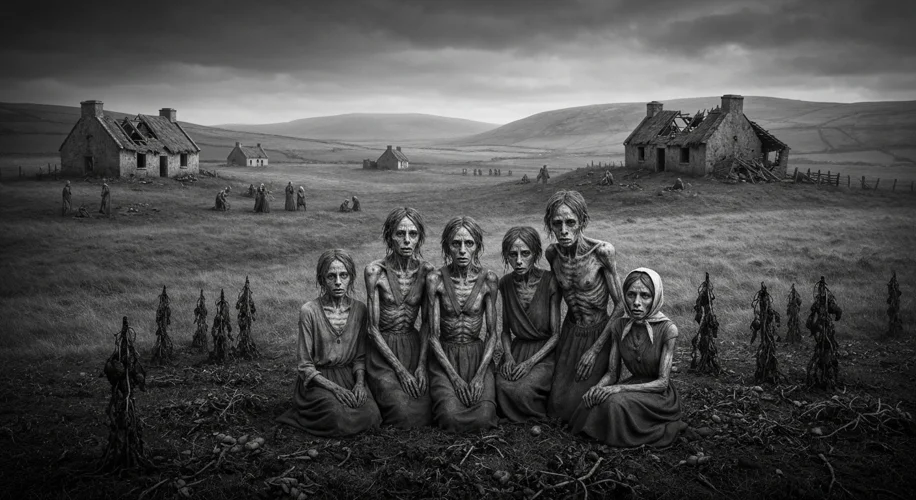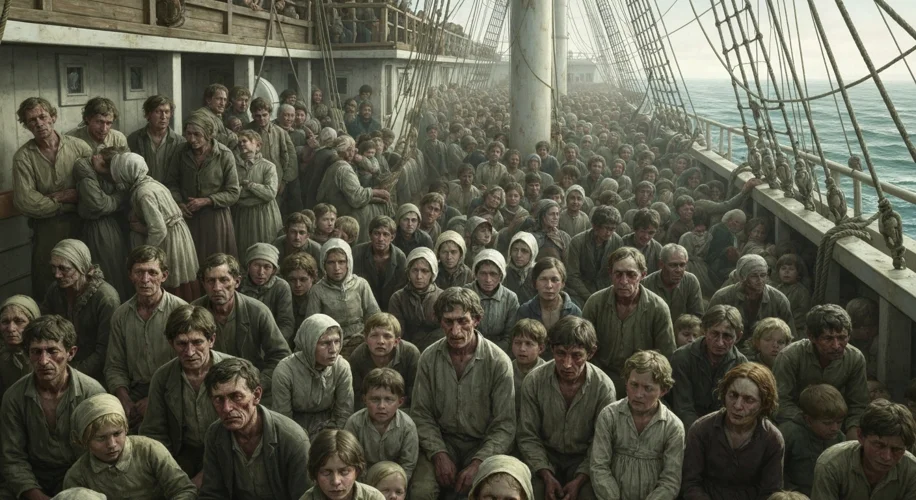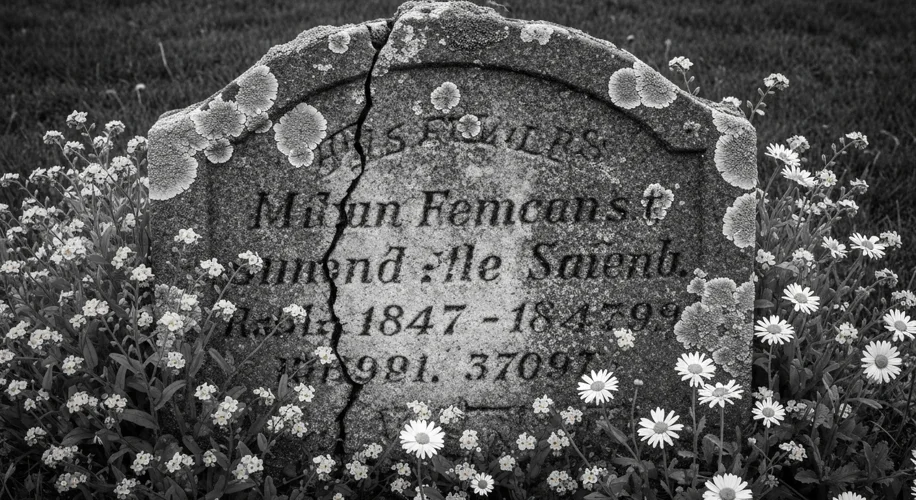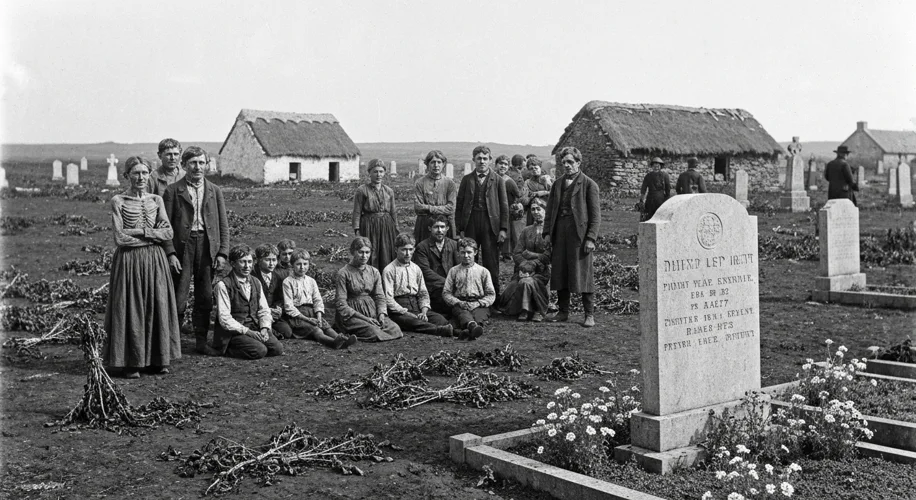The year is 1845. A seemingly innocuous blight, Phytophthora infestans, begins its insidious creep across the emerald fields of Ireland. It’s a microscopic enemy, invisible to the naked eye, yet it would unleash a demographic devastation so profound that its echoes still resonate today. This was the beginning of the Great Famine, An Gorta Mór, a period that irrevocably altered the course of Irish history.
Ireland in the mid-19th century was a land of stark contrasts. A largely agrarian society, its population had swelled to over eight million people, a testament to the resilience and fertility of its people. However, this growth was built on a precarious foundation. The majority of the population were tenant farmers, often landless laborers, who subsisted on small plots of land. Their diet, alarmingly, relied heavily on the potato. This single crop, easily grown in the often damp Irish climate and yielding a high caloric output, was the cornerstone of survival for millions.

This over-reliance on a single food source, while ensuring survival in good times, created a terrifying vulnerability. The ruling British government, meanwhile, operated under prevailing economic ideologies that emphasized laissez-faire principles. While not inherently malicious, this governmental stance often translated into a delayed and insufficient response to the unfolding crisis.
The blight arrived with a horrifying swiftness. Within weeks, the potato crops, once vibrant green, turned black, rotten, and inedible. The smell of decay hung heavy in the air. For the vast majority of Irish people, this wasn’t just a failed harvest; it was the collapse of their entire world. Starvation, once a distant fear, became a daily, gnawing reality.
The years that followed were a testament to human suffering. Families were torn apart by hunger and disease. Typhus, cholera, and dysentery, diseases that prey on weakened bodies, ran rampant through the weakened population. The workhouses, intended as a last resort, became overcrowded, disease-ridden charnel houses, offering little more than a slow death.
Witnesses described scenes of unimaginable horror. People resorted to eating grass, roots, and even their own pets to survive. The roads were lined with the dead and the dying, their pleas for help lost in the overwhelming despair. The scale of the tragedy was so immense that it defied comprehension.
Amidst this devastation, however, other narratives unfolded. Landlords, many of whom were absentee and driven by profit, continued to demand rent, often evicting starving families from their homes. Food continued to be exported from Ireland to Britain, a fact that fueled immense bitterness and resentment. The perception, rightly or wrongly, was that the British government was indifferent to the plight of the Irish people, or worse, that they were complicit in their suffering.
The emigration that followed the Famine was unprecedented. Driven by desperation, millions fled Ireland, seeking refuge and a new life in North America, Britain, and Australia. These emigrants, often in a weakened state, faced perilous journeys across the Atlantic. Many never survived the voyage, their bodies cast into the sea. Those who did arrive often faced prejudice and hardship in their new homelands.

The demographic impact of the Great Famine was staggering. The population of Ireland, which had been on an upward trajectory for decades, plummeted by an estimated 20-25%. This was not merely a decline; it was a catastrophic loss of life and a mass exodus that would fundamentally reshape the nation’s demographic landscape for generations. The Irish language, spoken predominantly by the rural poor who were most affected by the Famine, also suffered a severe decline as its speakers perished or emigrated.
The Great Famine was more than just a natural disaster; it was a complex interplay of ecological catastrophe, political failure, and societal structures. It exposed the deep-seated inequalities within Ireland and the perceived indifference of the British ruling class. The legacy of the Famine continues to shape Irish identity, influencing its diaspora, its relationship with Britain, and its enduring national consciousness.

An Gorta Mór serves as a somber historical lesson, a stark reminder of the devastating consequences of over-reliance on a single resource, the failures of political will in the face of humanitarian crisis, and the enduring resilience of the human spirit in the face of unimaginable adversity. The whispers of the millions lost continue to echo, a haunting testament to Ireland’s heartbreaking demographic catastrophe.

